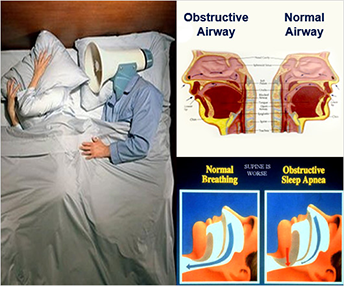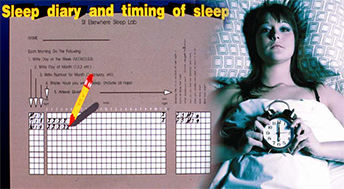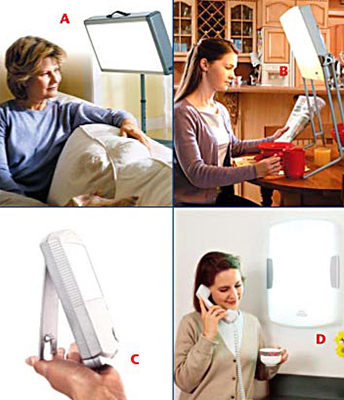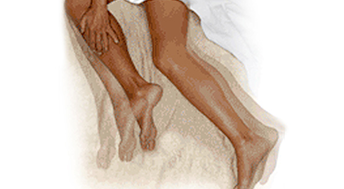Sleep Conditions
SLEEP APNEA
Obstructive sleep apnea (OSA) is a common problem that affects a person's breathing during sleep. A person with OSA has times during sleep in which air cannot flow normally into the lungs. The block in airflow (obstruction) is usually caused by the collapse of the soft tissues in the back of the throat (upper airway) and tongue during sleep.
|
 |
INSOMNIA
Many people experience difficulty sleeping. Some people have short periods (days to a few weeks) of difficulty falling asleep or staying asleep (called acute insomnia). Others have this difficulty for a month or longer (called chronic insomnia). About 30% of Americans complain of having insomnia. Insomnia can be very disruptive to a person's life, so understanding insomnia and what can be done to treat it can be helpful to your quality of life.
|
 |
CIRCADIAN RHYTHM DISORDERS
Circadian rhythm sleep disorders all involve a problem in the timing of when a person sleeps and is awake. The human body has a master circadian clock in a control center of the brain known as the suprachiasmatic nucleus (SCN). This internal clock regulates the timing of such body rhythms as temperature and hormone levels. The primary circadian rhythm that this body clock controls is the sleep-wake cycle. The circadian clock functions in a cycle that lasts a little longer than 24 hours.
|
 |
PARASOMNIAS
Parasomnias are sleep disorders that may involve abnormal movements, behaviors, emotions, perceptions, and dreams. They commonly produce physical injuries, adverse health effects, psychological disturbances, and disrupted sleep. Behaviors related to parasomnias are disconnected from conscious awareness and are devoid of sound judgment. There is no conscious, deliberate control of these actions.
NARCOLEPSY
The hallmarks of Narcolepsy include excessive daytime sleepiness (including episodes of uncontrollable sleep attacks) combined with sudden muscle weakness. The sudden muscle weakness seen in narcolepsy may be elicited by strong emotion or surprise. Episodes of narcolepsy have been described as "sleep attacks" and may occur in unusual circumstances, such as walking and other forms of physical activity.
|
 |
RESTLESS LEGS SYNDROME
RLS is characterized by an unpleasant "creeping" sensation, often feeling like it is originating in the lower legs, but often associated with aches and pains throughout the legs. This often causes difficulty in initiating sleep and is relieved by movement of the leg, such as walking or kicking.
|
 |